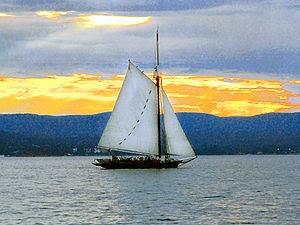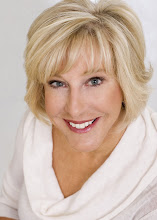The problems we see all around us often seem overwhelming. Many people I know feel that the world is heading in an irreversible negative direction. Pete Seeger didn’t believe that for a moment. His life was a demonstration of his conviction that we can make a difference against negativity in the world. The songs he wrote were always about the message and never about him, whether they were performed by him; the Byrds; Peter, Paul, and Mary; or U2. The work he did personally year after year to draw attention to critical issues, including the deteriorating conditions of the Hudson River, had profound positive results.
I grew up on Pete Seeger songs. They shaped my views of war, the environment, and the importance of using whatever gifts you have for the betterment of our planet. As an ardent participant in his Clearwater initiatives to educate kids and the public about the pollution of the Hudson River, I learned about peaceful but purposeful social activism. I am not sure my life, my work, my love of sailing, and my most recent book, HUM, would be so clearly focused on purpose and harmony if Pete Seeger had not lived.
 Yesterday I shared with my Facebook friends the (true) story of how, years after working with Seeger on his Clearwater initiative, a friend and I found ourselves at the head of the Carnegie Hall ticket office to purchase seats for a sold-out Pete Seeger-Arlo Guthrie concert at the precise moment they got a call directing them to sell additional seats on stage. We got the first two, which resulted in Pete turning to us for lyrics when he couldn’t think of them, as well as instructing us lead the men and women in two-part sing-alongs. At intermission, we were swamped with people telling us how much they were enjoying the concert, assuming that we were part of the “act,” rather than audience members who happened to buy our seats later than they did. What a hoot it was to be on stage with Pete Seeger at Carnegie Hall, even if it was a result of a confluence of fluky events!
Yesterday I shared with my Facebook friends the (true) story of how, years after working with Seeger on his Clearwater initiative, a friend and I found ourselves at the head of the Carnegie Hall ticket office to purchase seats for a sold-out Pete Seeger-Arlo Guthrie concert at the precise moment they got a call directing them to sell additional seats on stage. We got the first two, which resulted in Pete turning to us for lyrics when he couldn’t think of them, as well as instructing us lead the men and women in two-part sing-alongs. At intermission, we were swamped with people telling us how much they were enjoying the concert, assuming that we were part of the “act,” rather than audience members who happened to buy our seats later than they did. What a hoot it was to be on stage with Pete Seeger at Carnegie Hall, even if it was a result of a confluence of fluky events!





